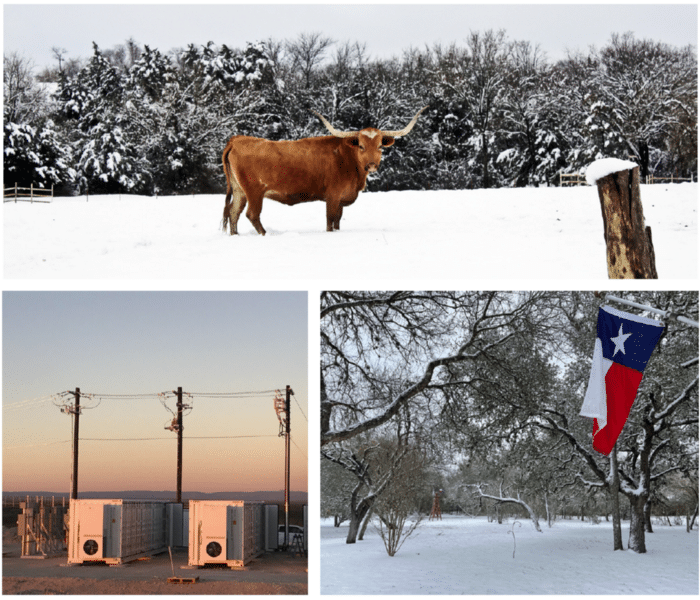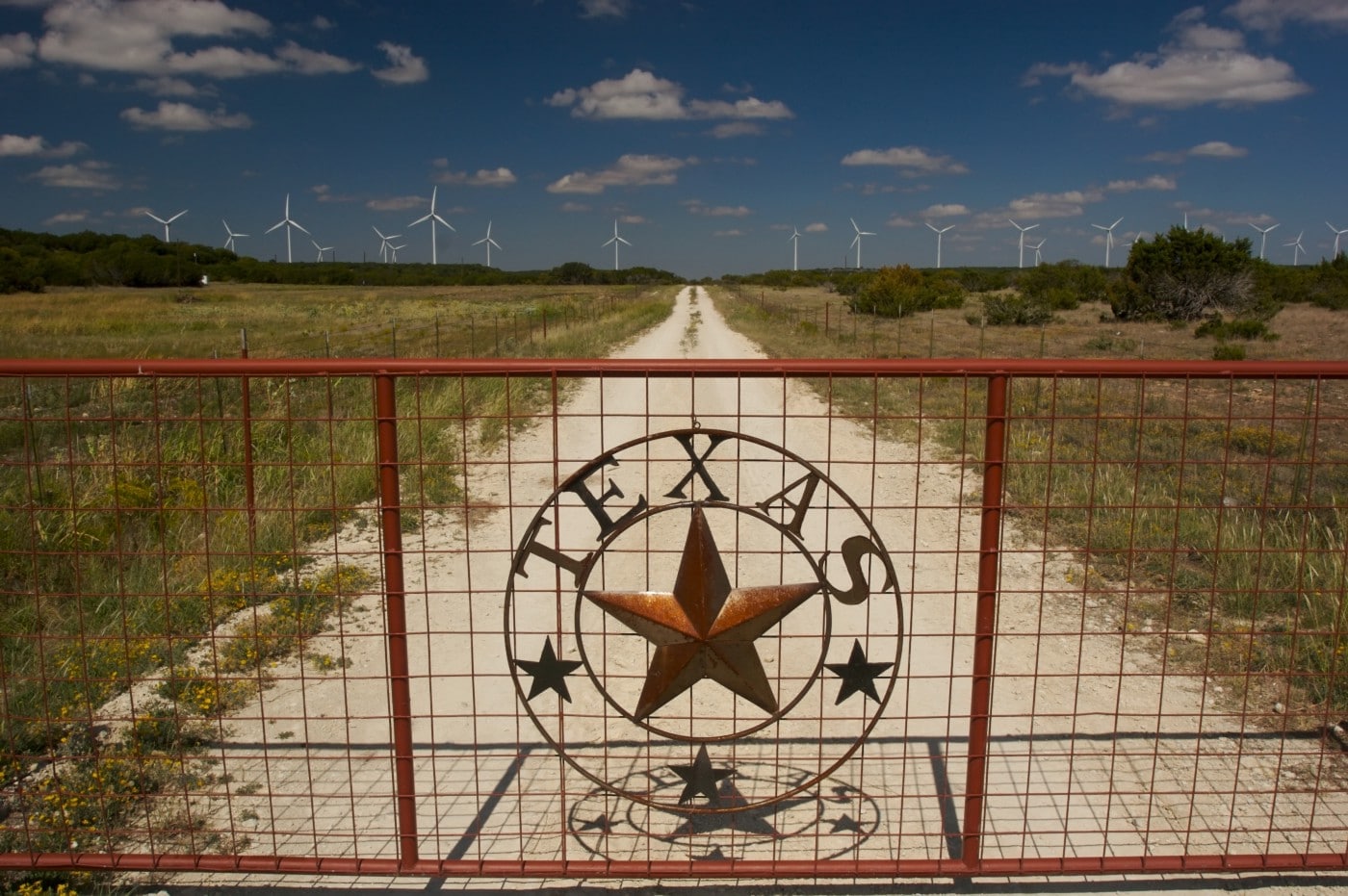Extreme Weather Event Causes Power Outages Across Lone Star State
In February of 2021, days of freezing temperatures exposed the vulnerabilities of Texas’ independent electric grid, much of which was forced offline due to Winter Storm Uri. As a result, the Electric Reliability Council of Texas (ERCOT), the independent entity that manages the flow of power on the Texas Interconnect and serves around 75% of the state and 25 million people, instituted widespread power outages to prevent the Texas power grid from reaching total collapse. These outages, which lasted an average of 42 hours, left close to 69% of Texans without power or heat. [1]
ERCOT is one of three interconnections in the U.S. (and four in North America) and is not subject to the jurisdiction of the Federal Energy Regulatory Commission (FERC), although it does respond to the North American Electric Reliability Corporation (NERC). ERCOT has no capacity market and no reserve margin requirements, meaning, incentives or penalties for non-performance do not exist. While the devastating failure of Texas’ independent and deregulated electric system, which caused dozens of deaths and billions in economic losses, cannot be attributed to any one single cause, many have called on Texas regulators and legislators to find solutions, beyond the required weatherization procedures, to prevent similar grid crises from happening again.

Performance of Powin’s Systems Mitigates Effects of Winter Storm Uri
The events in ERCOT highlight the interaction between past policy and market design decisions and the rapidly accelerating transition currently occurring in the world’s generation and consumption of electricity. While Texas has a strong wind and solar resource mix, the state takes a laissez — faire approach to infrastructure and utility regulation. A number of factors collided in February and resources available to provide grid services were in short supply and those that were available were critical to help support grid operators throughout these events. It is clear that grid operators need new tools to ensure the electricity grid’s reliability and resiliency.
Battery energy storage systems, and in particular lithium-ion based energy storage, are proving to be one of the most important tools available today in enabling the grid to handle extreme weather events. These systems are unmatched at providing energy, grid support, renewable time-shifting capabilities, and backup power, while also mitigating the need for significant updates to transmission infrastructure. Throughout winter storm Uri, Powin’s customers’ assets were operational and available, while other resource and technology types struggled to support the demands of the grid.

Looking to the Future
Lithium-ion battery energy storage has a number of unique characteristics which make it a desirable technology for grid applications. These batteries have relatively high energy density, are light enough for transport, have become increasingly safe and cost effective and have exceptional ramp rates, all of which make them highly versatile. As the U.S. increasingly relies on the intermittent power sources needed to achieve a deeply decarbonized electric system, energy storage will prove necessary to adequately prepare for and respond to future extreme weather events like the one in Texas.
We will continue to push forward the engineering and controls that will put battery energy storage systems at the center of the energy transition for years to come.
[1] https://uh.edu/hobby/winter2021/
Authored by Michael Bennett (Senior Data Scientist, Powin)

